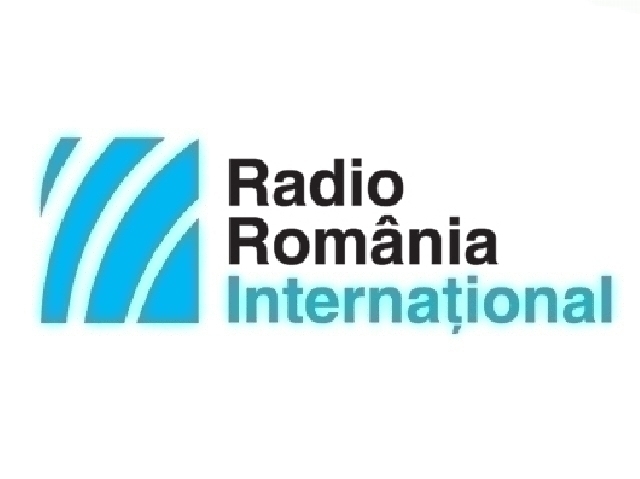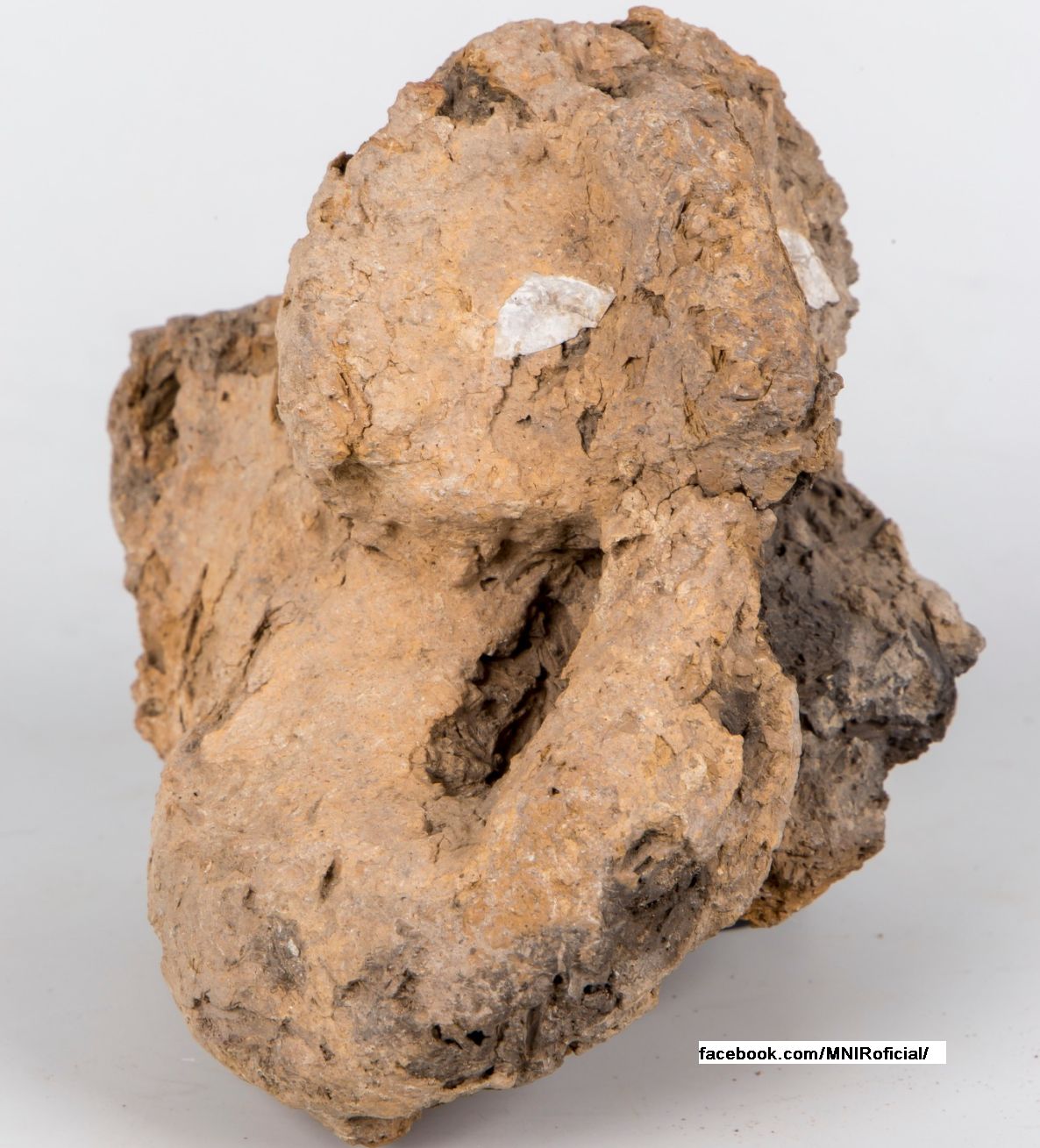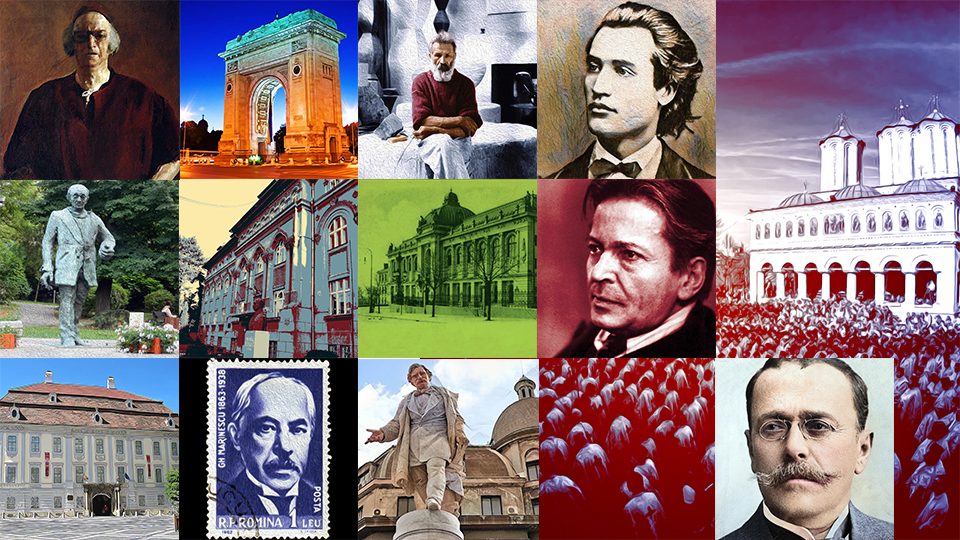The Romanian Metallurgical Industry
People started using metal around 6,000 years BC, both for special occasions and everyday purposes. The first metals to be extracted from ore were gold, platinum, copper and silver.

România Internațional, 14.02.2015, 13:34
People started using metal around 6,000 years BC, both for special occasions and everyday purposes. The first metals to be extracted from ore were gold, platinum, copper and silver. In the beginning, the metals were used to indicate the rank of the person who ordered the manufacturing of different metal objects. The metal age thus began, with copper and bronze playing a very important role. The discovery of iron was revolutionary and eventually led to the development of the metal industry and the iron and steel industry. The first furnaces were built in the 14th and 15th centuries, and the industrial revolution of the 19th century led to the expansion of the metal industry.
In Romania, archaeologists discovered traces indicating that the local inhabitants also worked with metal. Ovens, tools and traces of cast iron and various alloys were found. The creation of the modern Romanian state in 1859 was accompanied by a policy to encourage the metal industry, but notable results were yet to appear. However, the provinces ruled by the Habsburg Empire who were inhabited by a majority ethnic Romanian population, furnaces producing steel and cast iron already existed.
The oldest and best known furnaces were built in 1769 in Resita, in today south-western Romania, near the mining works in the Banat Mountains. A flourishing city during in the 19th century, Resita became the emblem of the metal industry in the Austrian Empire. The most remarkable achievement of the metal works in Resita was the production of the steel used to build the Eiffel Tower in Paris. After the union of all Romanian provinces in 1918 and the creation of Greater Romania, the iron and steel works in Resita became part of the Romanian economy.
Another staple of today’s Romanian metallurgy was the works in Hunedoara built in 1882 and inaugurated in 1884 during the Austro-Hungarian rule. The main products made in Hunedoara were destined for equipping the Hapsburg army and they were also made in the Cugir works in Romania as well as in Diósgyőr in today’s Hungary and Podbrezová in Slovakia. After 1918, the state took over the Hunedoara-based iron and steel works and integrated it into the Romanian economy. The two iron and steel works, in Resita and Hunedoara, were the landmarks of Romania’s heavy industry and the main providers of materials for weaponry, locomotives, carriages, rails and related equipment, metal structures and industrial equipment.
After 1945 the Romanian metallurgy, like most of the Romanian economy, came under the Soviet influence. There emerged the famous Sovrom factories, by means of which the Soviets ensured raw materials and other materials for free, just as they had done in all the occupied countries. Two of the mixed factories of the kind were Sovrometal, based in Resita, and Sovrom Nonferrous Metals. After the de-Stalinization process, started in 1953, and until the departure of the Soviet army from Romania in 1958, Sovrometal and Sovrom Nonferrous Metals were dismantled. In mid 1960s, Romania’s political leaders, whose plan was to support and develop Romanian metallurgy, expressed their blunt opposition to the Valev plan. The plan, designed by the Soviets for the specialized development of the Socialist camp, assigned an industrial role to such countries as Czechoslovakia and the Democratic Republic of Germany, and an agrarian role to Romania.
The industrialization policy was an impulse to metallurgy. New iron and steel works emerged, such as the one in Galati, a port on the Lower Danube, inaugurated in 1966. Its construction started in 1963. Between 1976 and 1979 the biggest iron and steel works were built in Romania, in Calarasi, which is another port on the Danube. Despite the big ambitions of the political leadership in Romania, the works in Calarasi were not finalized until 1989. Between 1963 and 1966 in Slatina, in the south, a nonferrous metal factory was built. During the communist years Romania invested almost 1 billion US dollars in the Krivoi Rog iron and steel works in today’s Ukraine, an investment that never yielded profit and which Romania could not recover.
After 1989 the economic reforms alongside the mining reforms and the lack of investments, drastically reduced the activity of the Romanian metallurgical industry, which resulted in massive layoffs and privatizations, in an attempt to remain on the relevant markets.





























